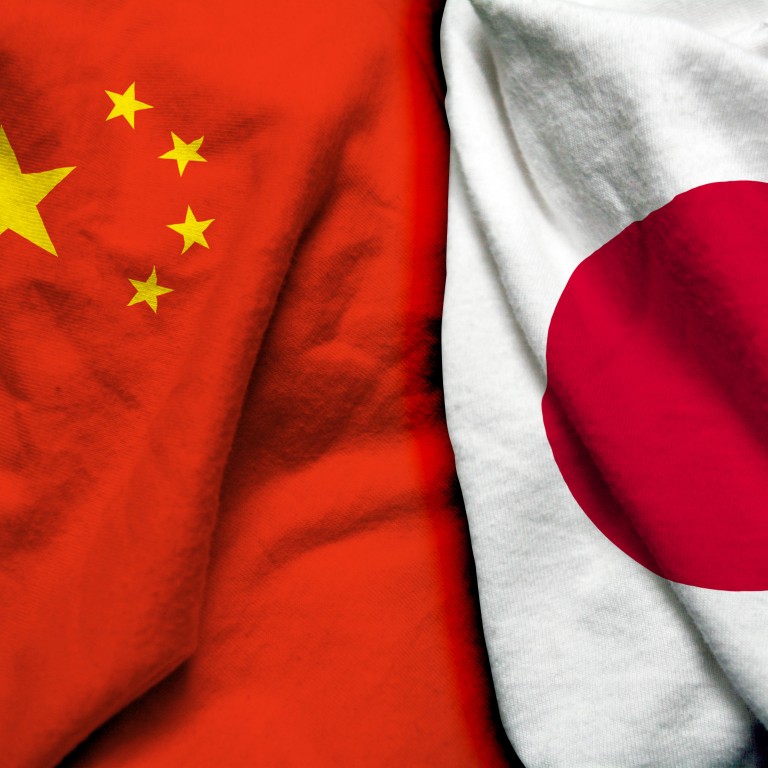
Kimono row highlights hostilities in complicated China-Japan relationship
- Earlier this month, a Chinese woman was detained for wearing a kimono in Suzhou, and accused of ‘provoking trouble’ for wearing the Japanese garment
- Last week, Chinese retailer Miniso apologised for styling itself as a Japanese brand and will change its logo and the Japanese language on its bags
Every so often, anti-Japanese sentiments flare up in China over wartime atrocities and historical issues.
But in recent months, those sentiments appeared to have increasingly been aimed at Japanese cultural symbols.
‘What’s next, Coke and jeans?’: Chinese woman detained for hours for wearing kimono
Earlier this month, a Chinese woman was detained for wearing a kimono in the eastern Chinese city of Suzhou. Authorities accused her of “picking quarrels and provoking trouble” by wearing the traditional Japanese garment.
However, the woman said in a social media post that she was merely cosplaying as a popular character from a manga series.
In February, another Chinese woman wearing a kimono was prevented by security from entering a tourist attraction in southwestern China’s Yunnan province.
Apart from being called “scum of society”, the woman was also asked if she had “forgotten the Nanking massacre” in which an estimated 200,000 to 300,000 people were killed, according to the International Military Tribunal for the Far East.
‘Japan killed your ancestors’: woman in kimono barred from park in China
Last week, Chinese budget retailer Miniso Group Holding apologised for styling itself as a Japanese designer brand and said it would change its logo and Japanese words on its shopping bags.
In a statement published on its official Weibo account, the Guangzhou-based company admitted that its brand positioning and marketing strategy was “wrong”.
The incident was said to be triggered by the company’s Spanish Instagram account which posted a picture of dolls, one of which it called a “Japanese geisha doll”. Chinese users said that doll was wearing a qipao, a traditional Chinese outfit.
This growing intolerance towards Japanese cultural and commercial symbols is unnecessary. Apart from placing constraints on Chinese citizens and companies, it would not in any way damage Japanese interests.
Japan’s call for “peace and stability in the Taiwan Strait” – mirroring a similar stance by Washington – has been met with fury by Beijing. Mainland authorities have perceived this position as a form of meddling into its internal affairs, and it has also drawn the ire of ordinary Chinese citizens.
In relations between neighbours who do not see eye to eye, cultural symbols are usually the last thing to be affected.

